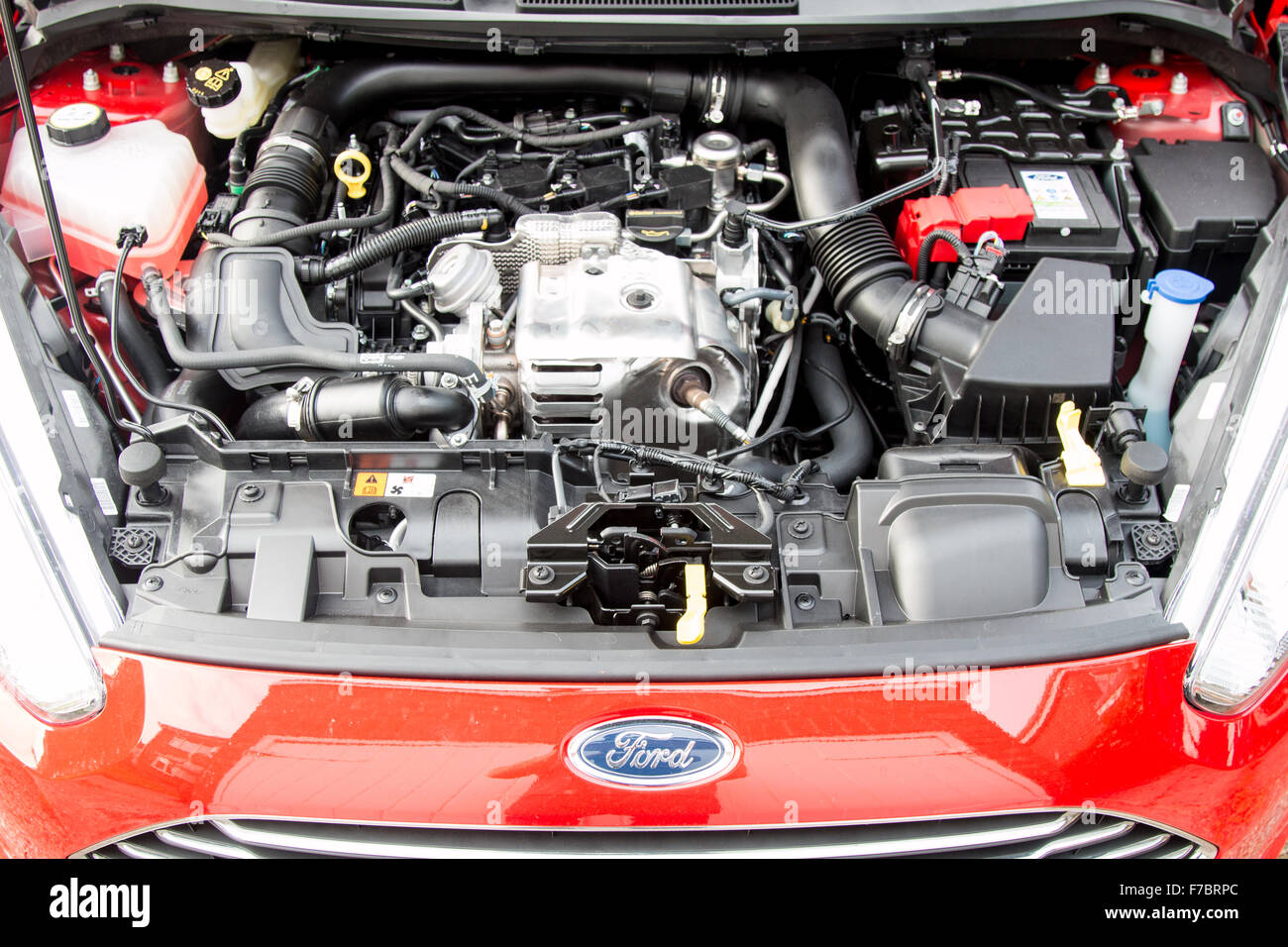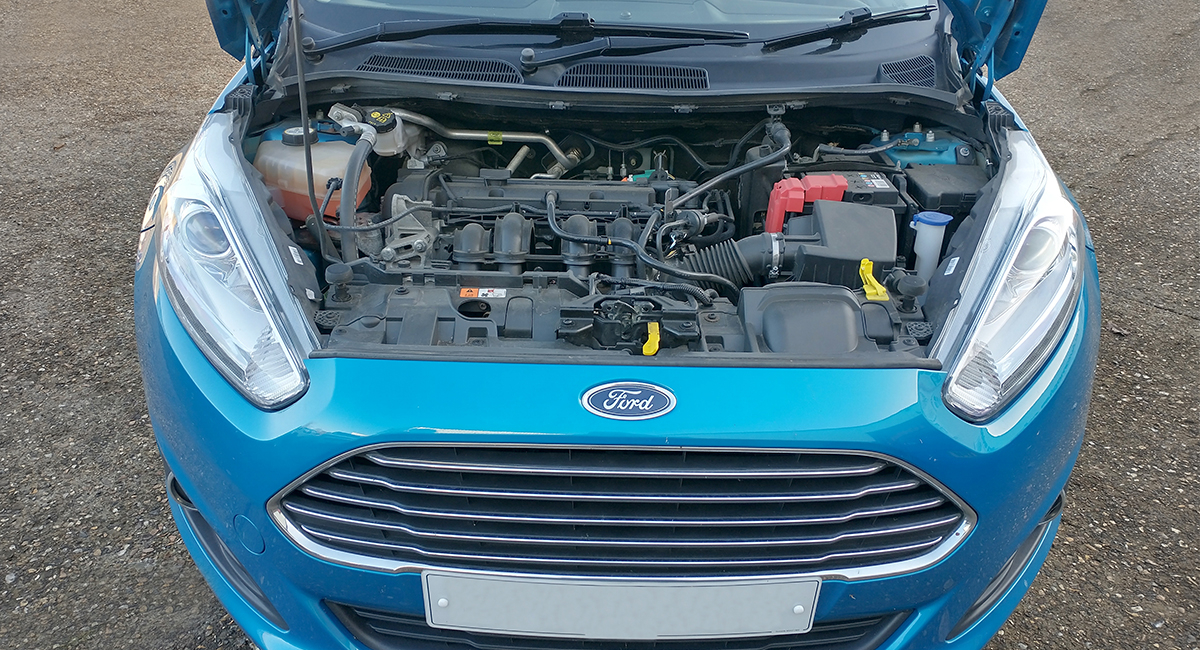Common Issues with the Ford Fiesta Engine and How to Fix Them
Common Issues with the Ford Fiesta Engine and How to Fix Them
Blog Article
Unlocking the Power of Engines: A Comprehensive Guide to Performance and Performance
Understanding the detailed technicians of engines is essential for both performance fanatics and day-to-day motorists. The solutions might redefine our strategy to engine performance and efficiency in means that are both enlightening and necessary.
Recognizing Engine Basics
What constitutes the basic mechanics of an engine? At its core, an engine is a machine created to transform fuel into mechanical power with a collection of regulated surges or combustion processes. The key parts consist of the cyndrical tube, piston, crankshaft, camshaft, and valves. The cylinder works as the chamber where burning takes place, while the piston relocates within the cyndrical tube to convert the power from combustion right into direct activity (ford fiesta engine).
The crankshaft after that changes this linear activity right into rotational energy, which eventually powers the car. The camshaft controls the opening and closing of the shutoffs, regulating the consumption of air and gas and the expulsion of exhaust gases. In addition, the engine relies upon a meticulously adjusted fuel-air blend, ignition system, and cooling system to ensure ideal performance and effectiveness.
Recognizing engine essentials also includes acknowledging the significance of engine cycles, such as the four-stroke cycle, that includes consumption, compression, power, and exhaust strokes. Each stage is essential in making sure the engine functions smoothly and properly. Proficiency of these fundamental mechanics prepares for exploring a lot more complicated engine dynamics and performance metrics, crucial for optimizing both power outcome and effectiveness.
Key Efficiency Metrics
Secret efficiency metrics are crucial for evaluating an engine's effectiveness and power result, supplying important understandings for both suppliers and customers. These metrics work as criteria for engine efficiency, permitting educated choices in investing in, layout, and production.
Among the key metrics is horse power, which quantifies the engine's ability to execute work over time. Torque, gauged in pound-feet, is another vital statistics that suggests the engine's rotational force, straight affecting velocity and lugging capability. Fuel performance, typically measured in miles per gallon (MPG) or litres per 100 kilometers (L/100km), examines just how properly the engine transforms gas into movement, affecting ecological considerations and functional costs.
In addition, thermal efficiency actions exactly how well an engine converts fuel energy into valuable work, revealing understandings right into power losses mainly through heat. Exhaust degrees, including carbon dioxide and NOx, are also important, mirroring the engine's ecological influence and conformity with regulatory criteria.

Tuning Strategies for Effectiveness
Tuning strategies play a significant role in enhancing engine efficiency by enhancing performance metrics recognized in earlier conversations (ford fiesta engine). Various methods exist to tweak an engine, each adding to boosted gas economic situation and minimized emissions
One reliable technique is adjusting the air-fuel proportion, making sure the engine runs within the optimal burning regime. A leaner mixture can improve fuel performance, however it must be stabilized to stop misfires or engine knock. Furthermore, reprogramming the engine monitoring system can rectify parameters such as ignition timing, which additionally improves effectiveness while preserving power outcome.
One more important method involves customizing the intake and exhaust systems. Updating to high-performance air filters and exhaust headers can lower back stress, promoting better air flow. This permits the engine to take a breath more freely, leading to enhanced burning efficiency.
Moreover, the application of innovative adjusting devices, like dyno screening, gives precise data that enables targeted modifications. Regularly checking these performance metrics ensures that adjusting initiatives produce the wanted effectiveness results. Collectively, these techniques not just reinforce engine performance yet likewise add to lasting sustainability in engine operations.
Maintenance for Optimal Efficiency
Regular engine maintenance is crucial for attaining ideal performance and longevity. A well-kept engine visit this website not only operates efficiently yet likewise reduces the danger of costly fixings and break downs. Trick parts needing regular focus include oil, filters, belts, and ignition system.
Altering the engine oil at recommended intervals is essential, as oil lubes moving parts and protects against overheating. Likewise, changing oil and air filters makes certain that contaminants do not hinder engine feature. Ignoring these components can bring about reduced effectiveness and possible engine damages.
In addition, examining and replacing worn belts and hose pipes is important to avoid sudden failures. Timing belts, specifically, need to be replaced according to the producer's timetable to avoid catastrophic engine damage.
Ignition system need to likewise be examined and changed as essential, considering that they play an important role in ignition and fuel effectiveness.
Future Fads in Engine Technology
Embracing innovations in modern technology, the future of engine design is positioned to transform efficiency and performance across different applications. Hybrid and totally electrical powertrains are becoming significantly conventional, offering minimized exhausts and enhanced fuel efficiency.
Additionally, advancements in products scientific research are causing lighter, stronger components that improve engine performance while lowering energy usage. Advanced production techniques, such as 3D printing, permit the development of complicated geometries that improve air flow and thermal administration, therefore enhancing burning procedures.
Additionally, the assimilation of expert system and device knowing is readied to change engine diagnostics and performance tuning. These modern technologies can examine substantial amounts of data in genuine time, allowing predictive maintenance and customized performance improvements.
Verdict
Finally, unlocking the power of engines requires a complete understanding of their auto mechanics and efficiency metrics. Applying effective tuning techniques and adhering to regular maintenance methods considerably boost engine abilities. As the auto landscape advances, embracing future trends in technology, consisting of electrification and progressed production, will be critical for maximizing performance and efficiency. This thorough technique not just benefits enthusiasts but additionally adds to sustainable solutions in the world of automobile design.
In addition, the engine relies on a meticulously adjusted fuel-air mixture, ignition system, and link cooling down system to ensure optimum efficiency and efficiency.
Recognizing engine basics additionally involves acknowledging the value of engine cycles, such as the four-stroke cycle, which includes intake, power, exhaust, and compression strokes. Mastery see of these essential technicians lays the foundation for checking out more intricate engine characteristics and efficiency metrics, vital for maximizing both power outcome and effectiveness.

Accepting improvements in technology, the future of engine design is poised to transform efficiency and efficiency across various applications.
Report this page